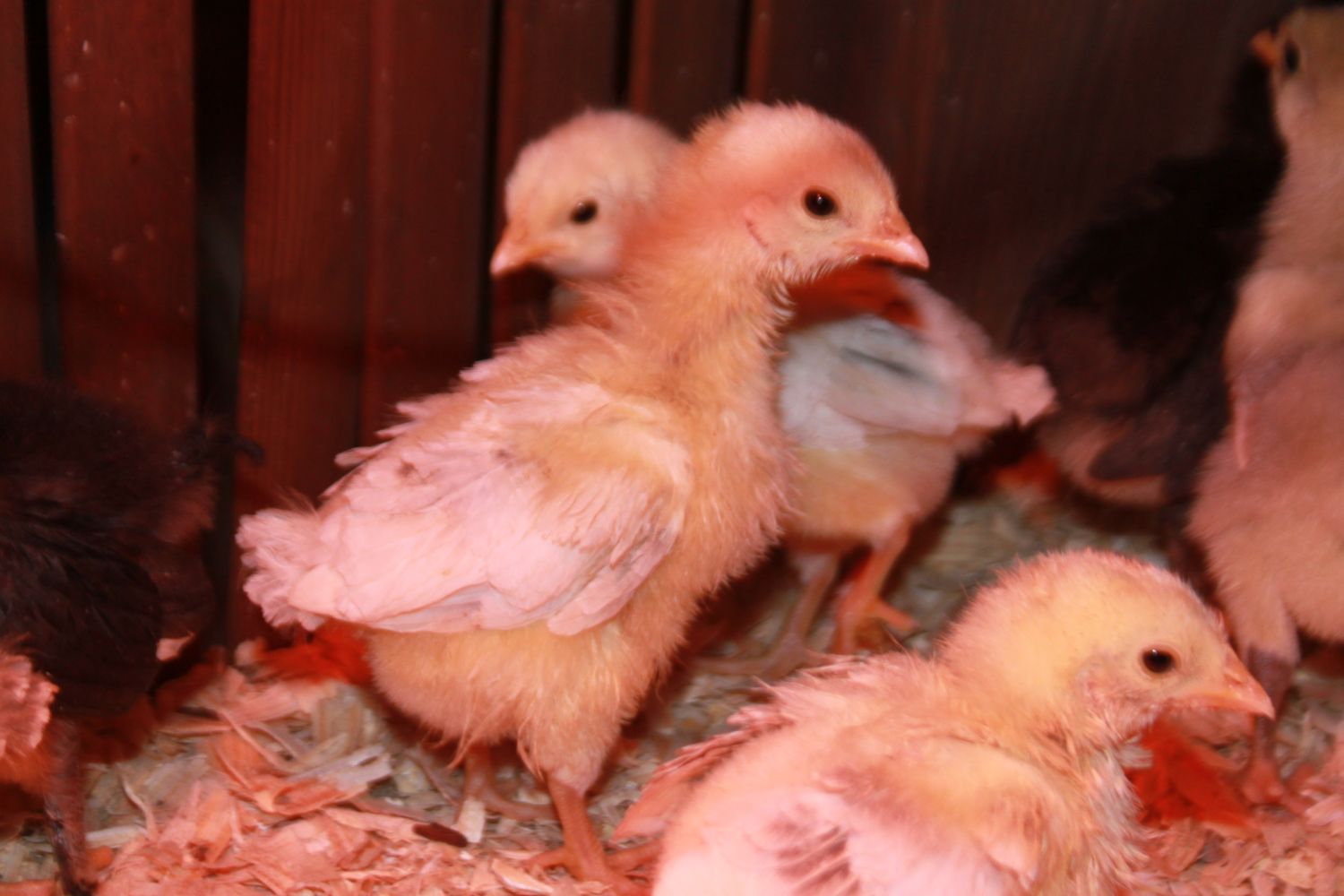- Jan 1, 2013
- 23
- 0
- 25
Hi all,
We have survived the 1st two weeks and have lost two of 17 but all others seem super healthy. I have a few questions for those who ferment feed.
What are the similarities and differences btw using yogurt vs. apple cider vinegar with mother culture in the mash?
What is the cupful of dark fine mash in the bottom of the bucket? Can that be fed to the chicks?
How often to dump all, clean bucket and refill with new starter (I am using yogurt now)?
Anyone have recipes for making your own organic chicken starter feed with the intention to ferment it?
Thanks much. We are lovin' the chicks!
Bridgette

We have survived the 1st two weeks and have lost two of 17 but all others seem super healthy. I have a few questions for those who ferment feed.
What are the similarities and differences btw using yogurt vs. apple cider vinegar with mother culture in the mash?
What is the cupful of dark fine mash in the bottom of the bucket? Can that be fed to the chicks?
How often to dump all, clean bucket and refill with new starter (I am using yogurt now)?
Anyone have recipes for making your own organic chicken starter feed with the intention to ferment it?
Thanks much. We are lovin' the chicks!
Bridgette
